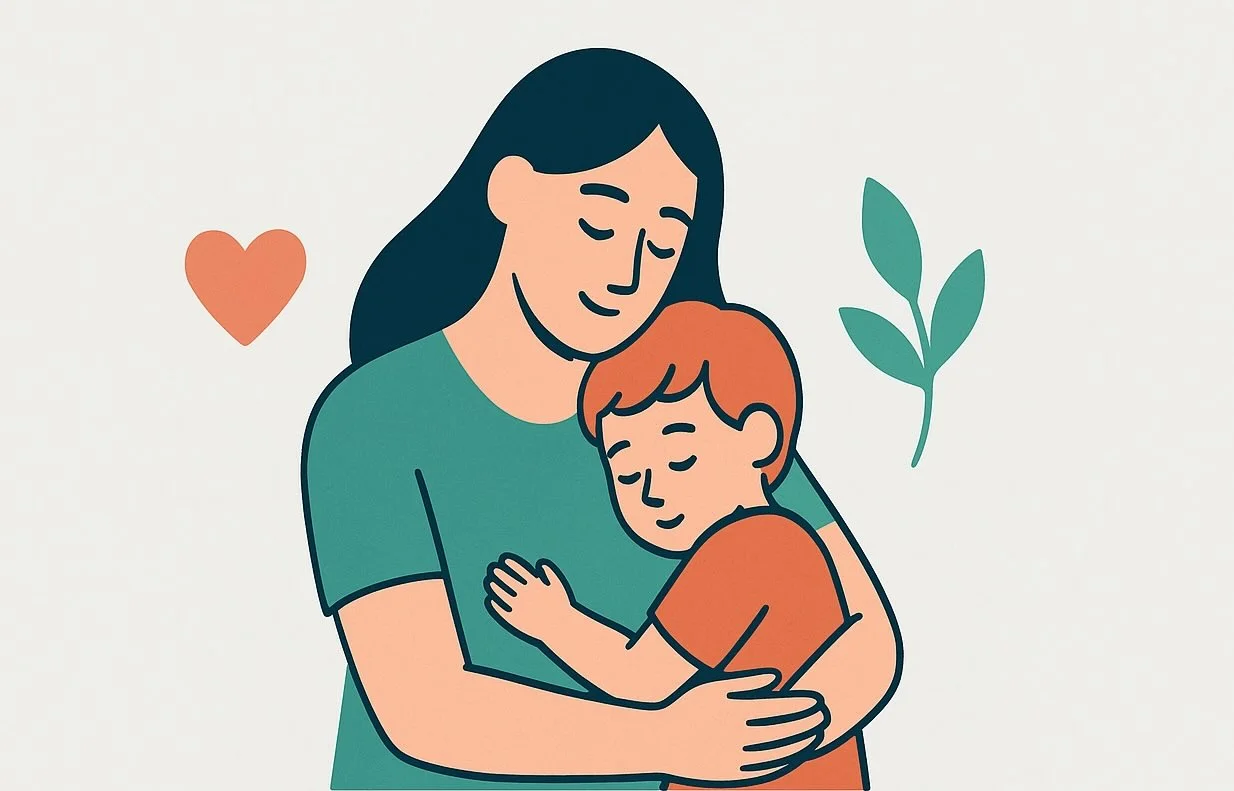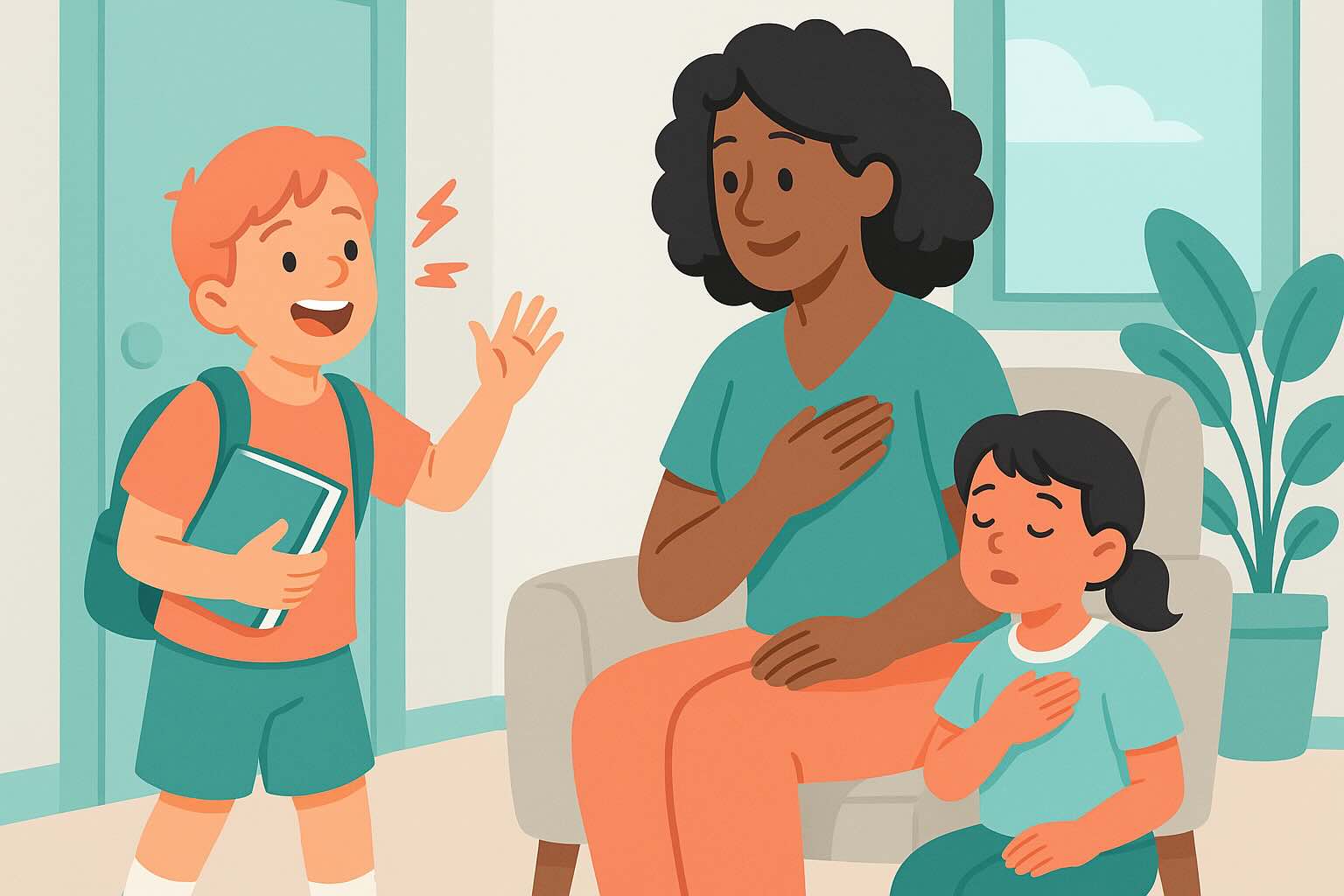3 Year Old Milestones: Complete Development Guide for Parents

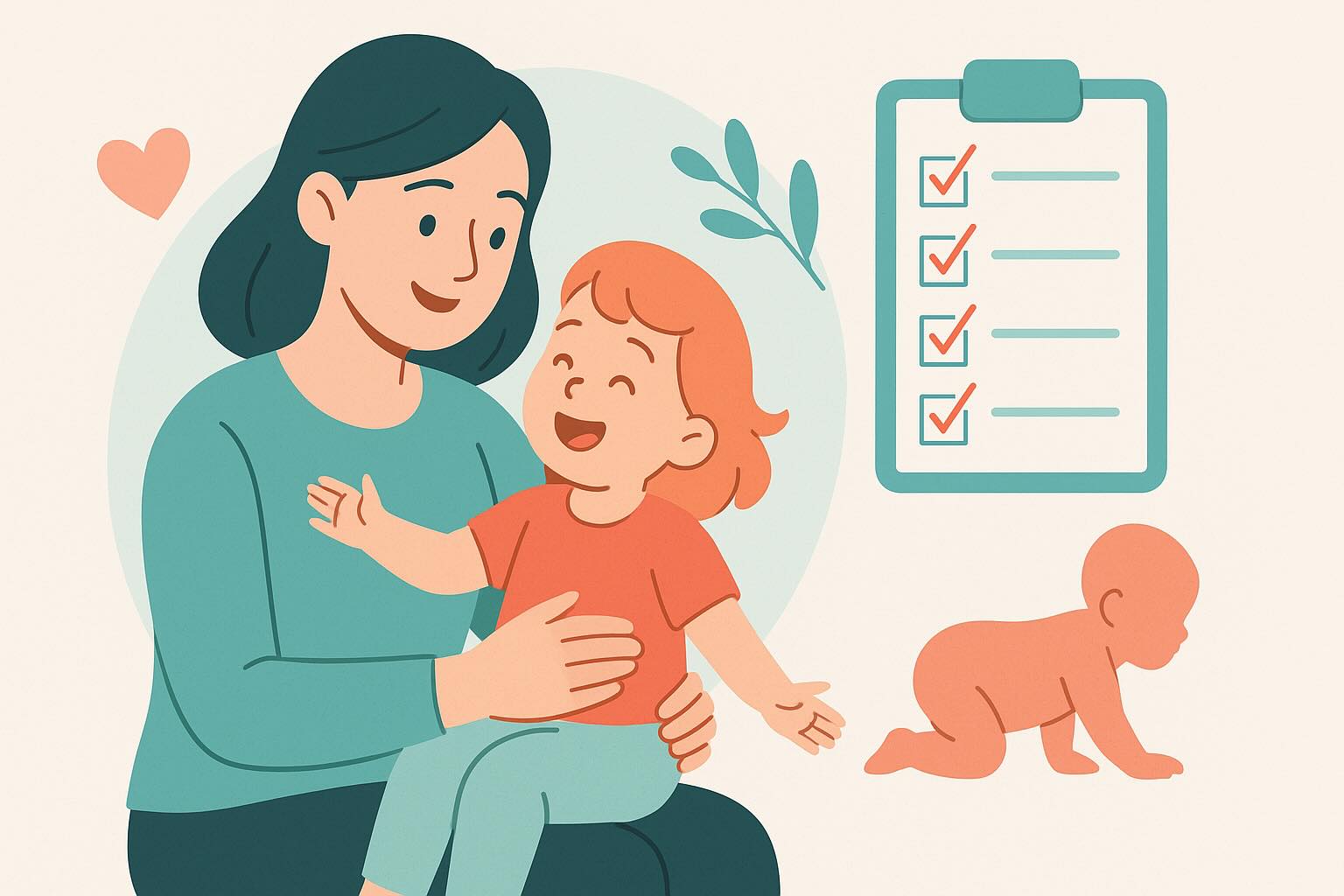
Welcome to the magical world of three-year-olds! If you're wondering whether your child is developing on track, you're not alone. Every parent wants reassurance that their little one is growing and learning as expected. This comprehensive guide covers all the developmental milestones your 3-year-old should be reaching, based on the latest CDC and AAP guidelines.
Understanding Developmental Milestones at Age 3
Developmental milestones are skills and behaviors that most children (about 75% or more) can do by a certain age. Remember, every child develops at their own pace, but these benchmarks help you recognize typical development patterns and identify when extra support might be helpful.
The transition from 2 to 3 marks a significant shift—you're officially leaving the "terrible twos" behind and entering what experts call the "magic years." Your child's imagination is blossoming, their independence is growing, and their ability to communicate is expanding rapidly.
Physical Development Milestones
Gross Motor Skills
Your 3-year-old is becoming increasingly coordinated and confident in their movements. Most children this age can:
Movement and Balance:
- Walk up and down stairs alternating feet (one foot per step)
- Jump with both feet leaving the ground
- Stand on one foot for a few seconds
- Pedal a tricycle forward
- Run fairly well with coordination
- Climb on playground equipment with confidence
- Catch a large ball with both arms extended
- Kick a ball forward with accuracy
These skills represent major advances from just a year ago. If your child was still crawling up stairs at age 2, watching them alternate feet like an adult feels like a huge leap forward—because it is!
Fine Motor Skills
Small muscle control is rapidly improving at this age. Watch for these abilities:
Hand and Finger Control:
- Turn book pages one at a time
- Hold a crayon or pencil with thumb and fingers (not fist)
- Draw circles and begin to draw a person with 2-3 body parts
- Build towers of 8 or more blocks
- Work with playdough (rolling, squishing, making shapes)
- String large beads
- Use child-safe scissors with supervision
- Pour from a small pitcher with some spilling
- Dress and undress with minimal help
If your child still uses a fist grip when drawing, don't worry. The transition to a mature pencil grip happens gradually between ages 3 and 4.
Learn more about developing fine motor skills →
Cognitive Development Milestones
Problem-Solving and Thinking Skills
Your 3-year-old's brain is working overtime, making connections and understanding concepts that seemed impossible just months ago:
Cognitive Abilities:
- Sort objects by shape and color
- Complete puzzles with 3-4 pieces
- Understand the concept of "two"
- Remember parts of a story
- Understand time concepts like "yesterday," "today," and "tomorrow"
- Follow 2-3 step instructions
- Name familiar colors
- Understand position words (in, on, under)
- Play make-believe with dolls, animals, and people
- Match an object in their hand to a picture in a book
Learning and Memory
Three-year-olds show remarkable improvements in memory and learning capacity:
- Remember and retell favorite stories
- Know their full name
- Remember friends' names
- Learn simple songs and nursery rhymes
- Count to three (or higher)
- Recognize and name familiar pictures
- Understand "same" and "different"
The constant "why" questions aren't just exhausting—they're a sign of healthy cognitive development. Your child is trying to understand cause and effect, building their knowledge of how the world works.
Language and Communication Development
Vocabulary and Speech
Language development explodes during the third year. Most 3-year-olds can:
Expressive Language:
- Use 4-5 word sentences regularly
- Tell stories with 2 or more events
- Use pronouns correctly (I, you, we, they)
- Say first name, age, and gender
- Name friends
- Use plurals (cars, dogs, cats)
- Use past tense (jumped, played, went)
- Speak clearly enough for strangers to understand most words
Receptive Language:
- Follow 2-3 step instructions
- Understand position words
- Understand "not" concepts (not hot, not big)
- Answer simple "who," "what," and "where" questions
- Understand the difference between "big" and "little"
Communication Patterns
At this age, children love to:
- Ask endless questions (especially "why?")
- Have conversations with 2-3 exchanges
- Tell you about their day
- Express their feelings with words
- Use language during pretend play
- Enjoy being read to and discussing stories
If your child isn't very talkative yet, don't panic. Some children are naturally quieter, but you should see steady progress in their ability to communicate their needs and understand others.
Discover communication strategies →
Social and Emotional Development
Emotional Regulation
Three-year-olds are learning to manage their emotions better, though tantrums haven't disappeared entirely:
Emotional Skills:
- Calm down within 10 minutes after you leave (like at daycare drop-off)
- Show affection for friends without prompting
- Express a wide range of emotions
- Separate from parents more easily
- Understand and talk about feelings
- Show concern for crying friends
- Begin to understand others have feelings too
Social Skills
Your child is becoming more social and interactive:
Social Abilities:
- Take turns in games
- Show interest in playing with other children
- Play alongside other children (parallel play transitioning to cooperative play)
- Begin to share, though it's still challenging
- Engage in pretend play with others
- Understand "mine" and "theirs"
- Show preference for certain friends
- Imitate adults and friends
Independence
Three-year-olds strive for independence while still needing security:
- Dress themselves with some help
- Use the toilet during the day (accidents still normal)
- Wash and dry hands
- Help with simple chores
- Make simple choices
- Express preferences clearly
- Show pride in accomplishments
Support emotional development →
Red Flags: When to Seek Professional Guidance
While every child develops at their own pace, certain signs warrant a conversation with your pediatrician:
Physical Concerns
- Can't jump in place
- Has trouble scribbling
- Can't ride a tricycle
- Falls frequently or has trouble with stairs
- Loses previously acquired physical skills
Cognitive Concerns
- Doesn't engage in pretend play
- Can't work simple puzzles
- Doesn't understand simple instructions
- Shows no interest in cause-and-effect toys
Language Concerns
- Speaks unclearly or can't be understood by strangers
- Doesn't use sentences with 3+ words
- Can't tell a simple story
- Doesn't ask questions
- Can't say their own name
Social-Emotional Concerns
- Shows extreme behavior (unusually fearful, aggressive, shy, or sad)
- Can't separate from parent without extreme distress
- Doesn't interact with other children
- Doesn't respond to people outside the family
- Can't play simple pretend games
Remember, these red flags don't automatically mean something is wrong. They're signals to discuss your observations with a healthcare provider who can provide proper assessment and guidance.
Supporting Your 3-Year-Old's Development
Activities to Promote Physical Development
- Set up obstacle courses in your living room
- Provide tricycles or balance bikes
- Practice catching and throwing with soft balls
- Offer art supplies for drawing and cutting
- Play with playdough to strengthen hand muscles
- Build with blocks of various sizes
Activities to Boost Cognitive Skills
- Read together daily, discussing the stories
- Play simple board games
- Do 6-10 piece puzzles together
- Sort objects by color, shape, or size
- Count everything—stairs, toys, snacks
- Play "I Spy" games
- Create simple science experiments
Language Development Support
- Have conversations during daily routines
- Expand on what your child says
- Read books with repetitive phrases
- Sing songs and nursery rhymes
- Play rhyming games
- Ask open-ended questions
- Describe what you're doing throughout the day
Social-Emotional Development Activities
- Arrange playdates with peers
- Role-play different scenarios
- Talk about feelings using emotion words
- Practice taking turns
- Model sharing and kindness
- Praise efforts, not just achievements
- Create consistent routines for security
Common Questions About 3-Year-Old Development
Is my 3-year-old behind if they haven't reached all milestones?
Not necessarily. Development happens in a range, and children excel in different areas at different times. If your child hasn't reached several milestones in one area, or if you notice regression, consult your pediatrician. Early intervention, when needed, is most effective.
How can I tell if my child's tantrums are normal?
Tantrums are still normal at age 3, though they should be decreasing in frequency and intensity. Most 3-year-olds can calm down within 10-15 minutes and are beginning to use words to express frustration. If tantrums are extremely frequent, violent, or your child can't be consoled, discuss this with your healthcare provider.
When should my 3-year-old be potty trained?
Many children master daytime potty training between ages 2.5 and 3.5. Nighttime dryness often comes later. Every child is different, and boys often train later than girls. If your child shows no interest or ability by age 4, consult your pediatrician.
How much should my 3-year-old be talking?
By age 3, most children use 4-5 word sentences and can be understood by strangers about 75% of the time. They should have a vocabulary of several hundred words and be able to have simple conversations. If your child says fewer than 50 words or doesn't combine words, seek evaluation.
Is parallel play still normal at 3?
Yes! While 3-year-olds are beginning to engage in more interactive play, parallel play (playing alongside but not directly with other children) is still common and normal. True cooperative play develops gradually throughout the preschool years.
Creating a Supportive Environment
Your 3-year-old thrives in an environment that balances structure with freedom to explore. Here's how to create optimal conditions for development:
Daily Routines
- Maintain consistent sleep, meal, and activity schedules
- Build in time for free play
- Limit screen time to 1 hour of quality programming
- Include outdoor play daily
- Create predictable transitions between activities
Learning Opportunities
- Turn everyday moments into learning experiences
- Count stairs as you climb them
- Name colors during meals
- Practice patience while waiting
- Encourage questions and curiosity
Emotional Support
- Acknowledge and validate feelings
- Model emotional regulation
- Provide comfort during frustrations
- Celebrate efforts and progress
- Maintain realistic expectations
The Journey Ahead
As your child moves through their third year, you'll witness remarkable transformations. The baby you once knew is becoming a little person with opinions, preferences, and a unique personality. Some days will challenge your patience as your 3-year-old asserts independence while still needing significant support.
Remember that development isn't always linear. Your child might surge ahead in one area while seeming to plateau in another. They might master a skill, then seem to forget it during times of stress or change. This is all normal.
What matters most is providing a loving, stimulating environment where your child feels safe to explore, make mistakes, and grow. Trust your instincts, celebrate the small victories, and don't hesitate to seek support when concerns arise.
Moving Forward with Confidence
Understanding developmental milestones helps you recognize your child's progress and identify areas where they might need extra support. But remember—milestones are guidelines, not rigid requirements. Your child is unique, with their own timeline and strengths.
Focus on:
- Celebrating your child's individual progress
- Providing varied experiences and opportunities
- Maintaining regular pediatric check-ups
- Trusting your parental instincts
- Seeking help when genuinely concerned
- Enjoying this magical phase of development
Your 3-year-old is embarking on an exciting journey of discovery. With your support, patience, and guidance, they'll continue to amaze you with their growth and development. Embrace the questions, the imagination, and yes, even the occasional tantrum—they're all part of the incredible adventure of raising a 3-year-old.
Resources for Further Support
If you have concerns about your child's development:
- Contact your pediatrician for developmental screening
- Reach out to your local early intervention program
- Use the CDC's free Milestone Tracker app
- Connect with other parents for support and perspective
Remember, seeking help isn't a sign of failure—it's a sign of proactive, caring parenting. Early support, when needed, can make a significant difference in your child's developmental journey.
The three-year-old phase is brief but impactful. By understanding typical development and providing appropriate support, you're giving your child the foundation they need for future learning and growth. Trust the process, trust your child, and most importantly, trust yourself as their guide through these remarkable years.
24/7 AI Parenting Assistant
Get instant, personalized advice with expert-curated parenting knowledge. Chat with your AI coach anytime, anywhere.
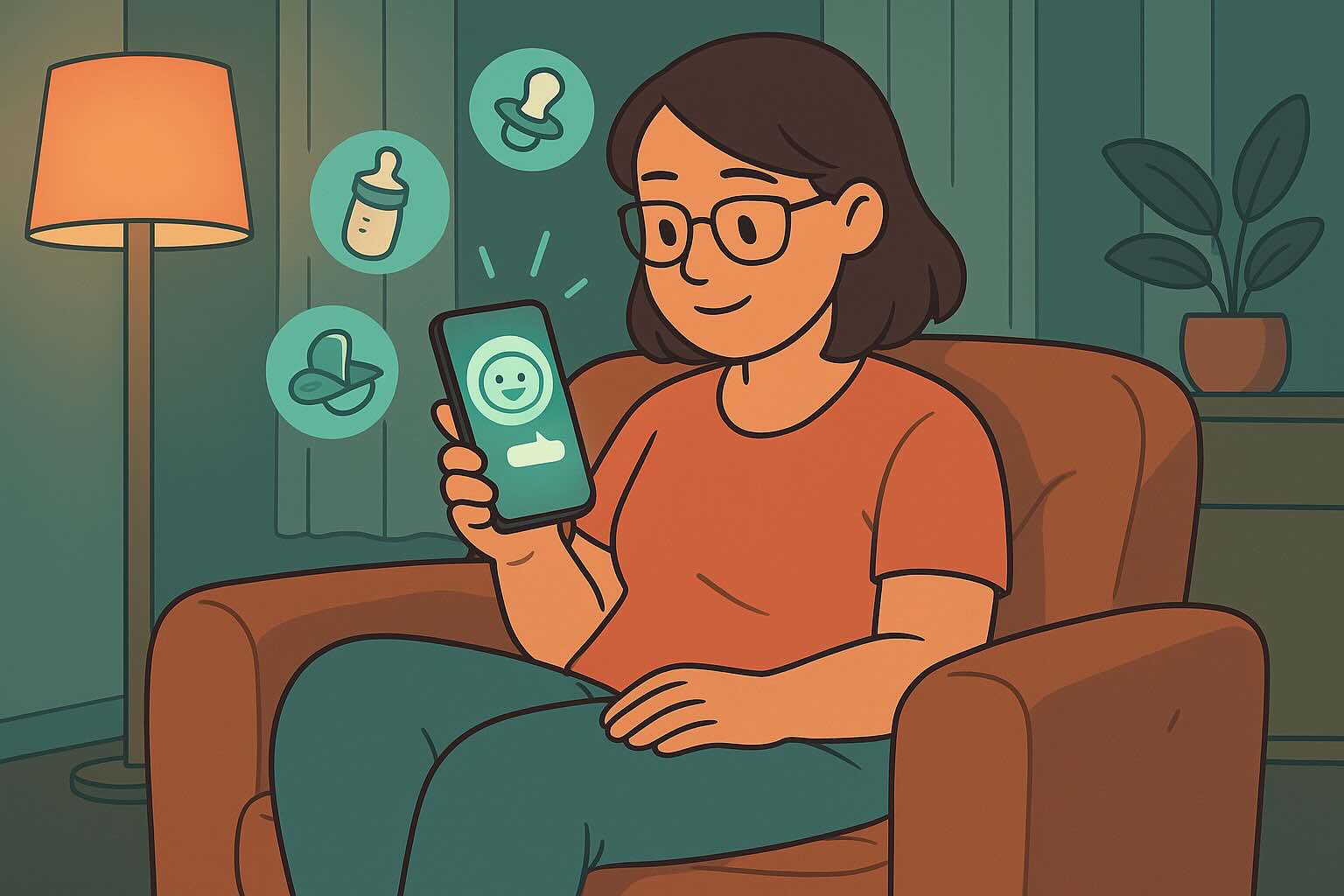
Expert Content Library
Access multimedia resources, articles, and expert-reviewed content organized by topics and your child's age.
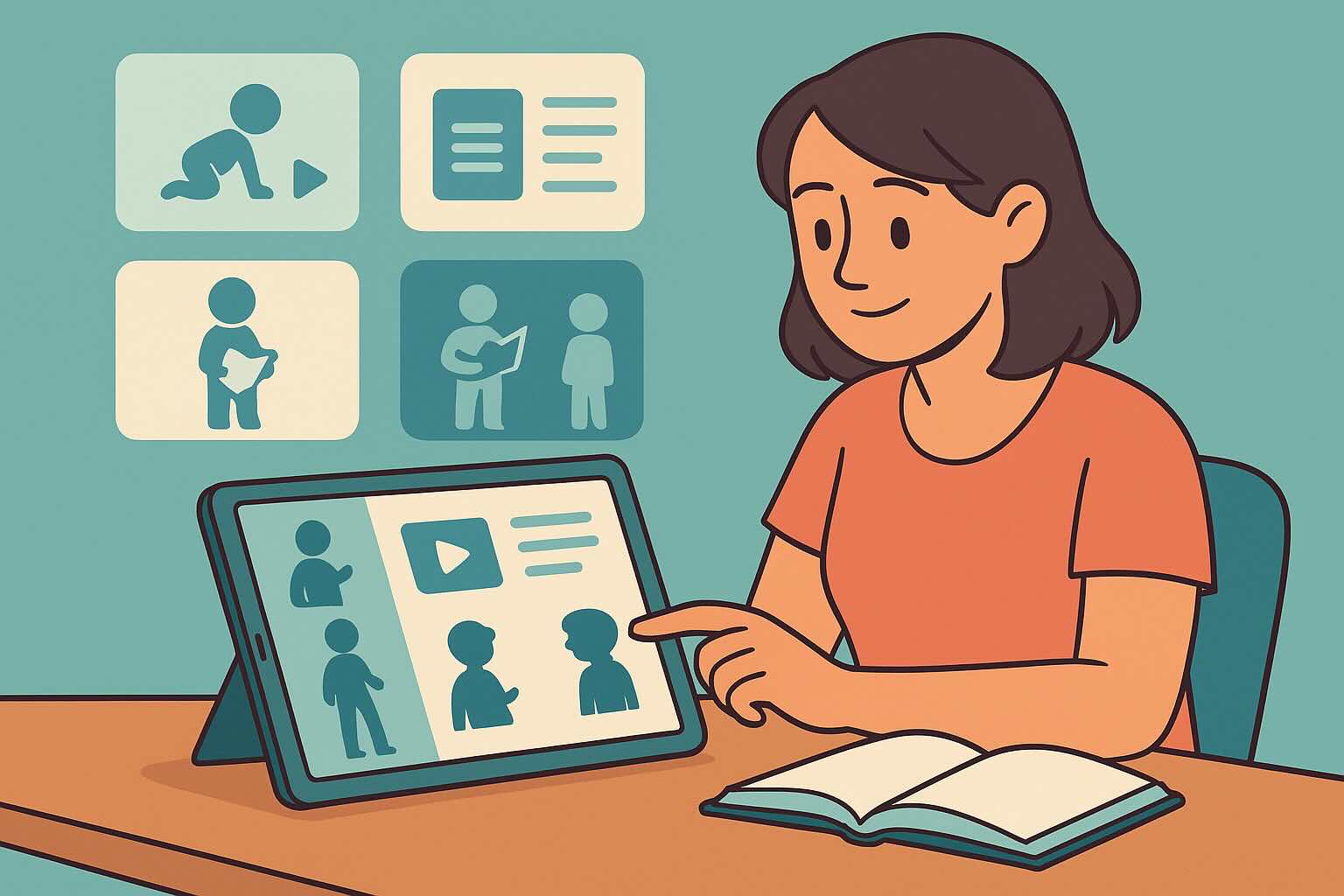
Connection Before Correction Toolkit
Daily practices and scripts to build strong parent-child relationships that make behavior guidance more effective.
Frequently Asked Questions
Need personalized support?
RootWise's AI coach can provide tailored strategies for your specific situation, available 24/7 when you need it most.
Learn More About AI Coaching →